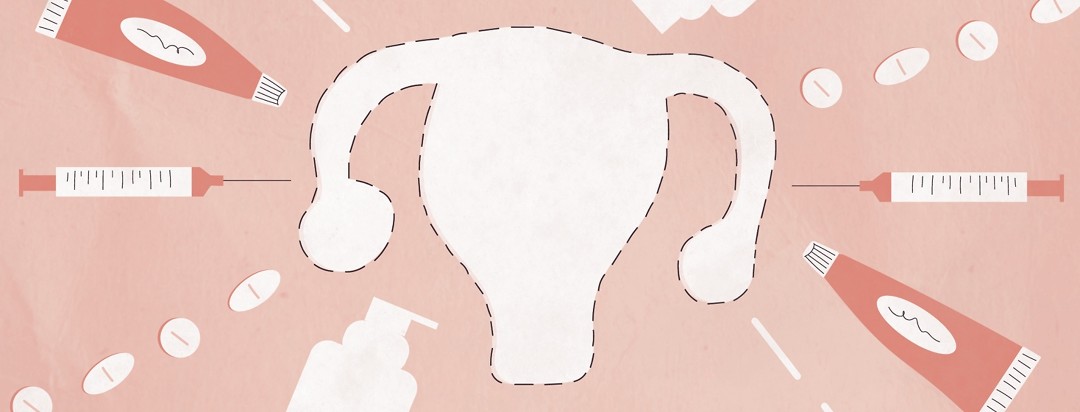Post-Hysterectomy Hormone Replacement Therapy
Hormone replacement therapy, better known as HRT, is mainly used on premenopausal and menopausal women. This type of therapy can also be prescribed to women who have previously had a hysterectomy, especially when the hysterectomy removes both ovaries. The hormones are intended to help balance out a woman’s hormones.
Hormone replacement therapy
Hormone replacement therapy is exactly what it sounds like it should be. The goal of the therapy is to use medications to replace hormones that the body no longer makes naturally. This is important because there are many unpleasant side effects of a hormone imbalance. Unfortunately, attempting to get the hormones balanced is a complicated process.
Hormone trial and error
Like most other medical treatment options, HRT works differently depending on the individual. A therapy that works great on one individual can have many side effects for another patient. There are several different types of hormone options. The prescription hormones that can be used are estrogen, progesterone, or a combination. In addition to the various types of hormone options, there is also a large amount of different delivery methods. HRT can be delivered to the patient in the form of pills, creams, gels, injections, vaginal insertable devices, and subcutaneous implants.
Personal experience
The first HRT option that I tried was a vaginal estrogen cream. This option did not help with the slight vaginal dryness that I had at the time. My doctor then chose to place me on a combination hormone replacement therapy. This therapy was a single pill that included estrogen and medroxyprogesterone (simply a type of progesterone). Once the medication had time to start working, I did not have any side effects on it.
Seeing as this was one of the first treatment options that I used, I did not have a true understanding of what happens to our bodies when there are absolutely no hormones in it. I stopped taking the medicine on my own because it was extremely expensive. I had a lot of awful side effects, ranging from night sweats to hair loss, and even extreme vaginal dryness. We attempted to use separate estrogen and progesterone pills. Unfortunately, even this was a massive game of chance. It would be a little change to the estrogen here or a little change to the progesterone here. It really became old. Finally, we went back to the combination prescription. This probably saved my doctor and I bother some additional gray hair.
Lesson learned
I assumed since my other family members had hysterectomies and did not take HRT, that I would not need it. Well I realized a little too late that my hysterectomy was different than the ones preformed on the other women in my family. Due to my endometriosis, the doctor had to remove both of my ovaries during my hysterectomy. The other women in my family still had at least one ovary remaining while I did not. Therefore, they did not need to take HRT and I need it.
Hormone replacement therapy is an effective and in some cases a necessary aspect of managing a woman's care after a hysterectomy.

Join the conversation